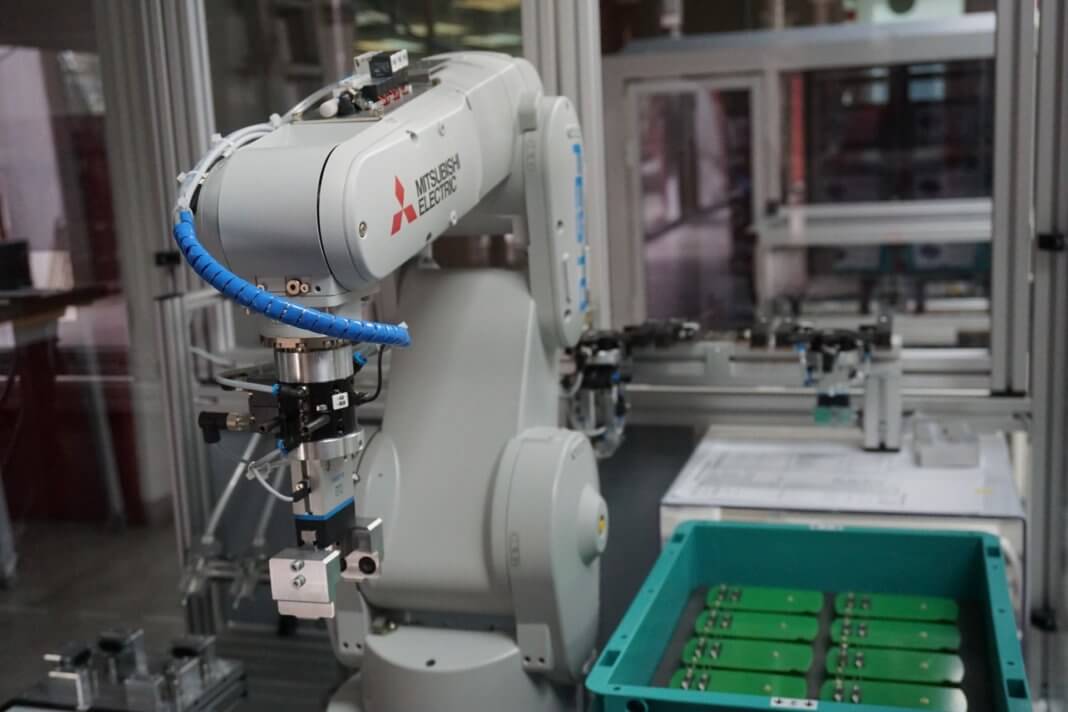Corporations, both large and small, have been slowly but surely incorporating AI-backed technologies and ML-driven systems in order to automate their business processes and daily operations since the last decade. However, once the COVID-19 pandemic hit, companies across the world had to rapidly adopt RPA (robotic process automation) and artificial intelligence in order to stay afloat. With many employees not willing to come back to work and with revenues decreasing due to the pandemic, depending on automation was the best bet for sectors of all kinds. Whether these companies deal with retail, IT, manufacturing, e-commerce or banking, AI is the one-stop solution for future-proofing their daily business activities.
According to S&P, 93% of corporations agree that AI is the future and they will look into digitalising the flow of information. This also involves automating their business operations and reducing the dependency on human assets. According to estimates, more than $50 billion was supposed to be spent on adopting AI systems and research during 2020. The same report also predicts that the AI and automation investments will reach $110 billion by 2024.
It is not just the pandemic that caused the exponential incorporation of process automation and AI, but also the fact that machines do not make rudimentary mistakes like humans do.
The Impact of AI, ML & Automation
Automation is faster, safer and cheaper. According to BBC, countries such as South Korea have started dispensing hand sanitisers and masks using robots. This puts human workers at less risk and allows governments or private entities to avoid hiring humans for seemingly unimportant (for a human being to do) tasks. Walmart has also adopted Brain OS AI technology for automated sorting and cleaning activities. Fundamentally, the MNC has incorporated custodial robots using the Brain OS system into 1500 stores across the U.S. for identifying empty shelves, cleaning the stores and organising products. Other retail giants have also followed suit and started automating their billing systems and customer handling.
According to The World Economic Forum, many e-commerce companies have rapidly started adopting AI-based machines and other robots for handling warehouses and even deliveries. This is leading to many job roles in the retail sector being taken over. However, it is also removing the need for humans to engage in activities that are physically exhausting, unsafe, unhygienic and definitely not enjoyable. Companies can also save a lot of money by automating processes and using machines instead of humans.
According to a report by Time, 40 million jobs were lost in the U.S. and about 42% of job roles are either being automated or are gone forever. Economists from MIT have estimated that major corporations will replace 2 million human workers using AI and automation by 2025. Companies across the globe have already started investing in the possibility of not requiring humans at all for certain tasks or for supervision. Due to the pandemic, many companies have already adopted AI systems that do not need humans to be present on-site.
Here are some sectors that are being taken over by AI, ML and automation:
- Hospitality: For example, hotels in Silicon Valley have started using AI-powered robots to deliver towels and for replacing human butlers.
- Restaurants: An example of AI and automation in restaurants is robots serving meals and cooking bots making food based on customer orders.
- Sales and Retail: Many billing executives are being replaced by automated check-out systems and retail giants are planning to use robots for replacing sales people.
- Health and Medicine: AI is taking over synthesising medicine and other chemicals while AI is becoming common in health checkups or primary care.
- Banking and Finance: A great example of this is market prediction, automated banking systems and even AI-driven tellers (for basic functions such as cash withdrawal).
- Production and Manufacturing: This sector has seen the highest amount of automation and human asset replacement. And, machines and AI are rapidly being adopted in all kinds of manufacturing processes. Machines are faster and more efficient.
- Management and Operations: Operational activities and management of public and private spaces or offices are also being governed by AI-backed systems now.
- Security and Smart Homes: AI has a huge part to play in securing smart homes and factories now, with features such as automated locking and automatically alerting authorities in the case of danger.
- Households: Also, households are seeing a huge rise in the adoption of AI and robots for taking care of pets and children, as well as cleaning duties.
- Customer Care: For example, chatbots and other robotic customer assistance systems.
- E-commerce: Deliveries, warehousing and product management are all slowly being handled by AI-driven robots and systems.
We are not separately mentioning IT as most IT companies are using AI, data science and ML for various processes for years now. Also, in order to sustain and incorporate AI-driven systems in other sectors or industries as well, IT support is always required.
Also Read: Everything You Need To Know About Spice AI



